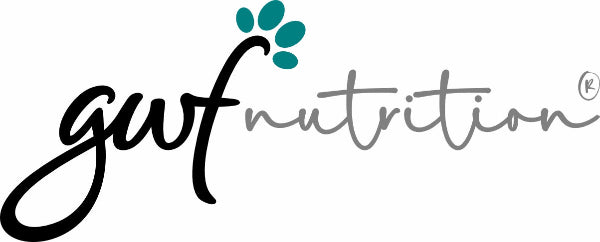This page explains our delivery charges and times. If you have any other questions about our service please get in touch with us.
IIf you'd like to know more about our products you'll find some of the most commonly asked questions on each individual product page.
